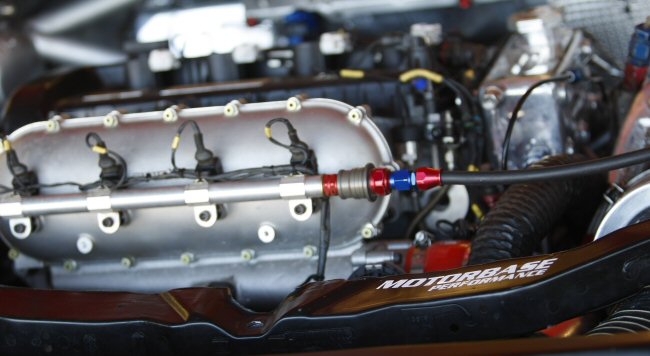 Lotus Engineering have been commissioned to conduct engine flow-testing for the British Touring Car Championship to establish baseline boost pressure for the 2012 season.
Lotus Engineering have been commissioned to conduct engine flow-testing for the British Touring Car Championship to establish baseline boost pressure for the 2012 season.
The Norfolk-based sportscar manufacturer is carrying out the independent tests to report to the Engine Technical Review Panel. The ERTP consists of every engine-builder in the BTCC.
The aim is forthere to be less discussion about engine parity in the forthcoming season – a topic which caused consierable controversy during the past season. Although more teams are expected to run turbo-powered NGTC units next year it is still not certain if all teams will make the switch – with this year’s exceptions RML, Tech-Speed, WSR and Team ES Racing all yet to comment on their plans for next year.
Series Director Alan Gow explains that the procedure is not to guarantee all engines will perform the same – just that there are no significant improvements in performance coming directly from the amount of boost pressure into the engine.
“The purpose of this programme is not to make every race engine perform in exactly the same way – it’s only right that the best engineering, the best design, the best teams and, of course, the best drivers still see their efforts related to their on-track performance,” said Gow.
“The test programme is simply to reduce any wide performance variances resulting from significant differences in the fundamental port/valve designs of the original production engines. It will identify and quantify those that produce superior airflow through the cylinder head and those that don’t, in order that their baseline turbo boost pressure is set accordingly.”
Gow also explains how a formula has been devised to ensure that the parity can be best established on circuits that, findamentally, are different in nature.
“During the course of the season, a strict mathematic calculation – based on a rolling average of each model’s qualifying and lap times over a set number of events – will determine if any further changes should be made to their respective boost levels.
“This will have the virtue of being an entirely clear, definitive procedure which utilises a set calculation and methodology to adjust any significant performance imbalances, based on the qualifying/race lap times achieved by each model. Over the next few weeks we will, of course, be defining the parameters more precisely, once we have validated all the data.”
